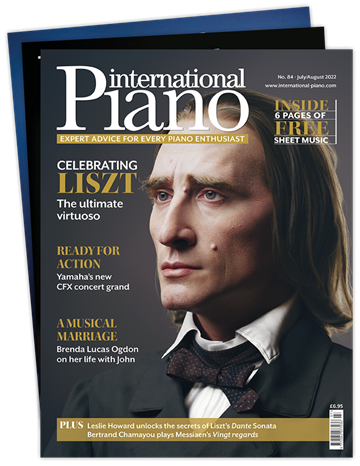Review - Bronsart and Henselt Piano Concertos (Paul Wee)
Ateş Orga
Friday, May 24, 2024
‘Wee is the man for the moment, no obstacle insurmountable’

Register now to continue reading
This article is from International Piano. Register today to enjoy our dedicated coverage of the piano world, including:
- Free access to 3 subscriber-only articles per month
- Unlimited access to International Piano's news pages
- Monthly newsletter















